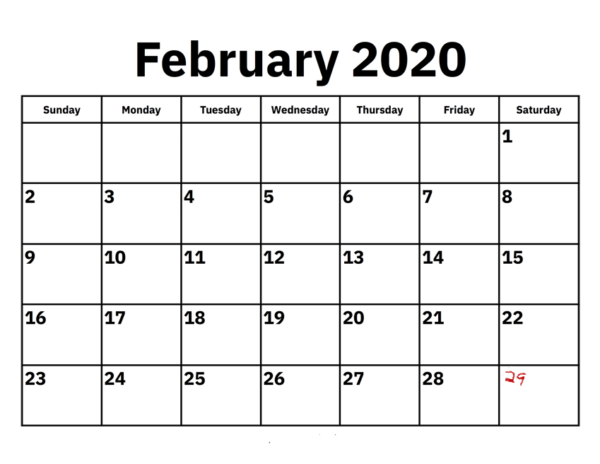Leap Day, the Search for the Perfect Calendar
Thirty days has September, April, June, and November; February has 28 alone. All the rest have 31; Except in Leap Year, that’s the time when February’s days are 29.
Saturday February 29 is leap day, a day added to the calendar nearly every 4 years , but why?
It takes Earth just a little longer than the 365 days in an ordinary calendar year to complete its lap around the Sun. The additional extra 5 hours, 48 minutes, and 45.975 seconds, nearly nearly a quarter day, must be accounted for or holidays, festivals and other important dates on the calendar will slip further and further until they fall in the next season.
Calendar makers have been inserting leap or intercalary days, even months since at least 21st century BCE. But the practice was a far from standardized, sometimes politically motivated, mess.
In 46 BCE Greek astronomer Sosigenes (pronounced so see YEN nays) recommend to Julius Caesar that lunar based calendars be dropped in favor of the Egyptian solar based calendar. The year ending day after the February festival of Terminalia, Roman god of boundaries, was chosen as the place to add an extra day every four years.
The 365.25 day approximation of the solar year used by the Julian calendar was close, but was still off by more than 11 minutes. This may not seem like much but that error adds up over time. By the 1500s, the calendar had shifted by more than 12 days,
The Roman Catholic Church spotted the problem and discussed it for more than 50 years and six popes until Pope Gregory XIII had enough. Based on a proposal by Jesuit astronomer Christopher Clavius which implemented 365.2425 day solar year in 400 year cycles through a set of three rules to determine leap years:
- If the year is evenly divisible by 4 it is a leap year (e.g. 2020)
- … except years evenly divisible by 100 (like 1900)
- ….. unless the year is evenly divisible by 400 (like 2000)
The Gregorian calendar was born. The resulting rules are a bit more complex but the results speak for themselves.
While the Julian calendar produces a full day of misalignment every 128 years, the Gregorian calendar is accurate to within a day every 3236 years. This civil calendar is used world wide because it is literally good enough for government work.
The closest thing to a perfect calendar is Shamsi Hijri calendar which dates back to the 2nd millennium BCE. Still in use in Afghanistan and Iran, it is always accurate to less than 1 day because leap days are added as they are needed based on astronomical observations rather than mathematical rules. Though formulae for this calendar have been created for practical reasons producing accuracy within one day every 110,000 years.
Category: ALL POSTS, Spacey Stuff
















